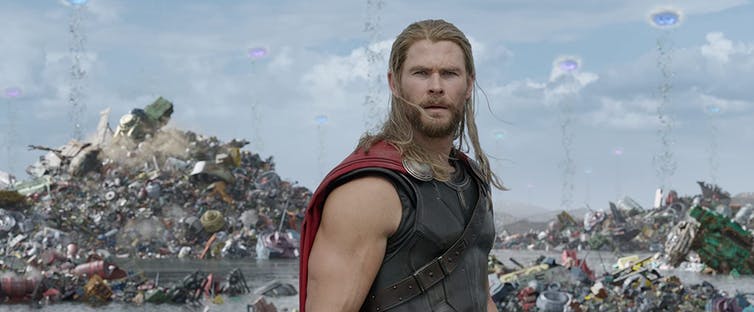$400 million in government funding for Hollywood, but only scraps for Australian film
Commercial TV outlets have been exempt from local content quotas for a few months. The ABC has reduced its commitment to producing local content. And while the government is offering support to commercial TV outfits and foreign filmmakers, local creators are left to fend for themselves, argues Jo Caust in this crossposting from The Conversation.
On July 17, Prime Minister Scott Morrison announced an additional A$400 million to attract film and television productions to Australia until 2027.
In a press release, Morrison argued Australia is an attractive destination due to our relative success in managing COVID-19. The idea is that this financial expansion of the “location incentive” program will attract international filmmakers in production limbo to come to Australia.



It’s disgraceful that Australian audiences will no longer be able to see their stories told in film. At a time when we are finally lauding indigenous authors and their stories we will not have the opportunity to see them converted to the screen. So much of Australian culture will be lost.A culture without a flourishing art scene is a greatly diminished one.
Last year while completing a TV writing course at AFTRS, one of the participants wrote down the emergency number to call as 911, when questioned why she stated 911 was the number to call – she did not know that the emergency number to call in Australia was 000. If we have less Australian content this is one area impacted – we lose part of our own culture.
It was not a case of Bauer being “unwilling or unable” to prove a 30% decline in revenue to facilitate Jobkeeper, it was being foreign owned that was the issue.
This did not detract from your (completely warranted) panning of their management decisions however! Good article.